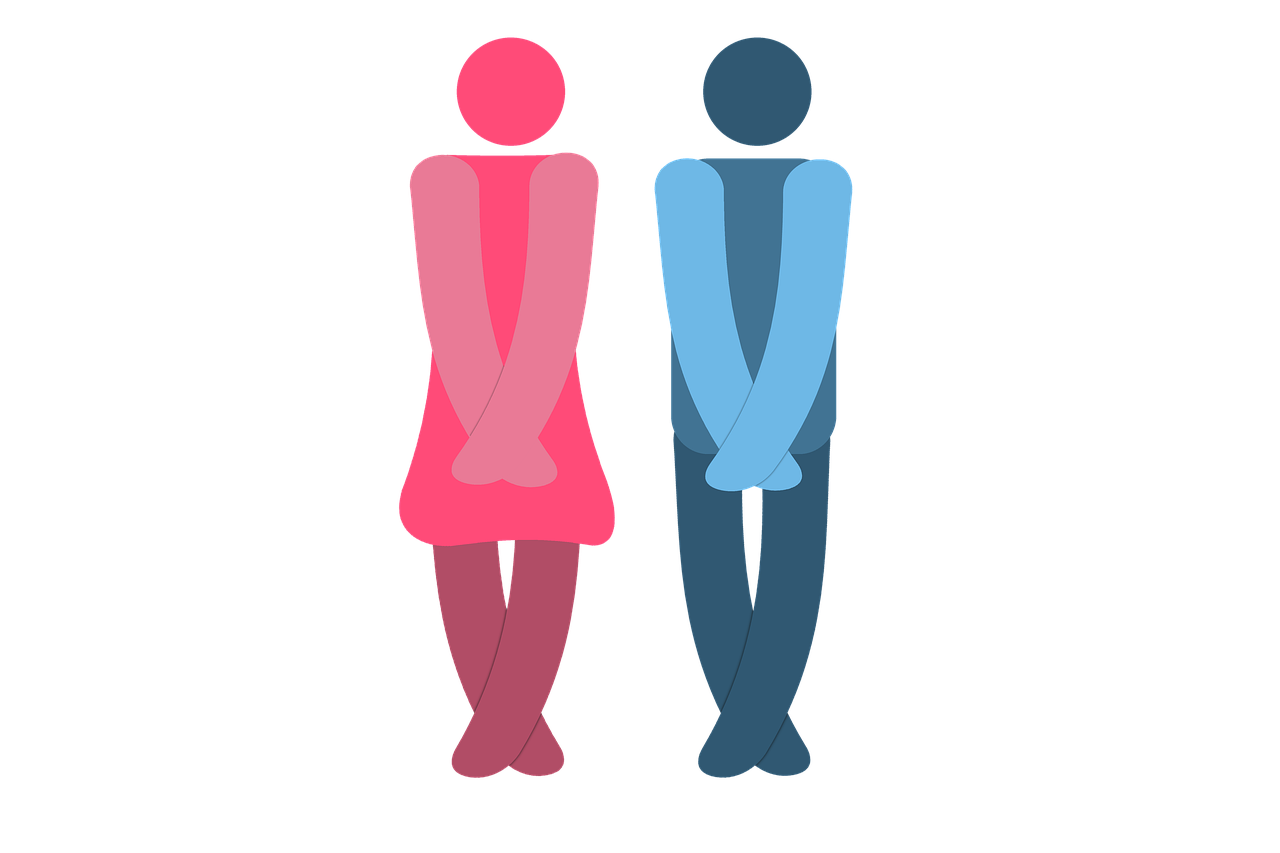Patients with the rare disease interstitial cystitis are waiting for a drug programme. Today, the treatment of the approximately 740 diagnosed patients depends almost exclusively on their financial capacity, as no therapy, except surgery, is reimbursed.
Interstitial cystitis is a chronic inflammatory disease manifested by pain, pressure and discomfort in the area of this organ, as well as frequent urination. Persistent symptoms cause emotional and sexual disturbances, disruption of the daily rhythm, as well as impairing mobility and reducing work activity. In Poland, about 3800 patients suffer from painful bladder syndrome, while it is estimated that the classic form of interstitial cystitis with Hunner's ulcers and glomerulations has about 740 patients.
Irreversible changes
In interstitial cystitis there is progressive damage to the bladder wall over time and irreversible changes, leading to a small, marauding bladder. It is estimated that the average time from onset of symptoms to diagnosis and implementation of treatment is 3 - 10 years. Bladder wall changes lead to progression of inflammation and damage to barrier layer function, which increases the permeability of the mucosa to potassium ions, causing activation of nerve endings and pain.
The diagnosis of interstitial cystitis is initiated in patients with pain, discomfort or pressure of more than six months' duration, located in the pelvis and felt around the bladder, if accompanied by frequent urination or urgency. Imaging, general urinalysis and urine culture, and sometimes urodynamics, cystography and other investigations help to exclude other diseases, while the detection of other possible causes of complaints does not exclude interstitial cystitis. The next stage of diagnosis is the classification of the disease made on the basis of cystoscopy with hydrodistension and selective bladder sampling.
Effective therapy
The aim of causal treatment is to restore the damaged barrier layer, inhibit neuronal activation and control the local inflammatory response. Treatment is usually stepwise and includes first behavioural therapy, bladder training and nutritional modifications, followed by oral pharmacotherapy with PPS (sodium pentosan polysulphate), sometimes in combination with amitriptyline and hydroxyzine.
The mechanism of action of sodium pentosan polysulphate is that it binds to the abnormal bladder membrane and replenishes the deficiency of glycosaminoglycans, which form a protective layer for its mucosa. The drug is safe and effective, but unfortunately not reimbursed, although it has a positive recommendation from the AOTMiT.
Subsequent treatment steps include the use of duloxetine or gabapentin, pregabalin, coagulation of Hunner's ulcer, neuromodulation, botulinum toxin, intravesical infusions of chondroitinosulphate with hyaluronic acid, lidocaine with heparin. Surgical management is cystectomy, ileocystoplasty.
Pending drug programme
Treatment of interstitial cystitis in Poland depends on the doctor to whom the patient is referred and the size of the patient's budget, because none of the therapeutic options are reimbursed, with the exception of surgical treatment in the form of hydrodistension or electrocoagulation. Experts believe that a drug programme should be developed for this rare disease, taking into account the diagnostic and therapeutic steps. Due to the small number of patients, care can be provided in a dozen or so specially adapted centres with the implementation of interdisciplinary management.
The symptoms of interstitial cystitis have a significant impact on many aspects of patients' lives, and this is reflected in their quality of life, which reaches lower values in advanced stages of the disease than among patients with renal failure requiring dialysis. Patients with interstitial cystitis often have depressive symptoms that are characterised by greater severity than in other chronic diseases. As a result of their condition, patients begin to avoid leaving the house or plan to go out according to the known location of toilets. This has a direct impact on their work activity and income.
Source: cowzdrowiu.pl

